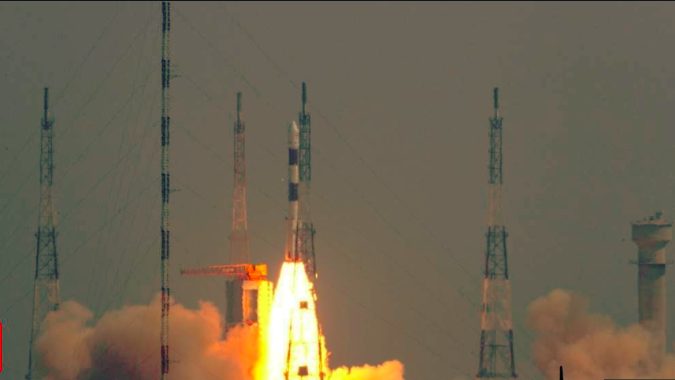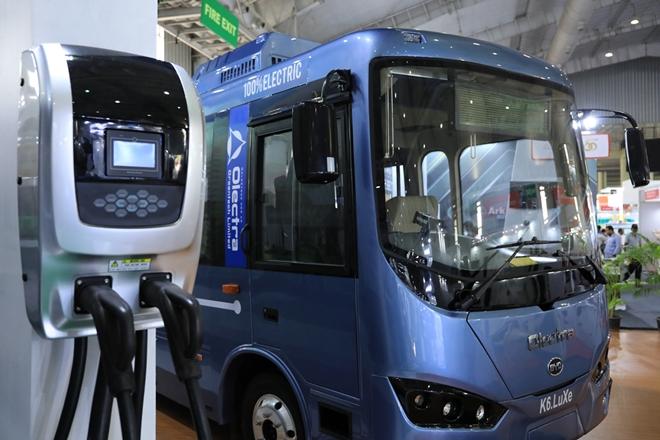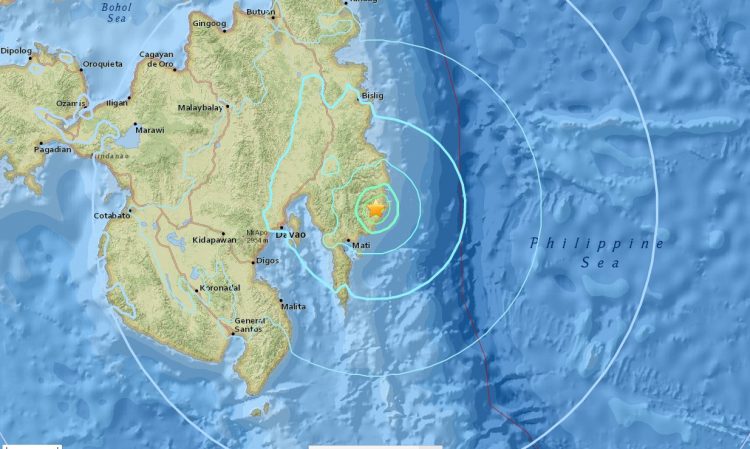The Indian Space Research Organisation (ISRO) launched the country’s first electronic surveillance satellite, EMISAT, from Sriharikota in coastal Andhra Pradesh on Monday morning.
As many as 28 small satellites of international customers were also put in space as secondary riders.
This is the third such mission and carries an ISRO test on Automatic Identification System (AIS) related to tracking ships on sea.
AMSAT or the Radio Amateur Satellite Corporation, India, has sent a payload called the Automatic Packet Repeating System.
This is expected to help amateur radio operators to get improved locational accuracy in their tracking and monitoring.
The third one, the Advanced Retarding Potential Analyser for Ionospheric Studies has been sent up by ISRO’s university, the Indian Institute of Space Science and Technology.
ISRO Chairman K.Sivan announced, “Today PSLV-C45 has successfully injected the ISRO-made EMISAT in a 748-km orbit as well as 28 customer satellites in a 504-km orbit as sought by the customers.”
An ISRO release said that as EMISAT came out, “[Its] two solar arrays were deployed automatically. The ISRO Telemetry Tracking and Command Network at Bengaluru assumed control of the satellite. In the coming days, the satellite will be brought to its final operational configuration.”
A new PSLV team executed the mission as the previous programme head R. Hutton has moved to headquarters in Bengaluru as the director of the Human Space Flight Centre.
The PSLV’s new QL variant took off from the second launch pad of the Satish Dhawan Space Centre at Sriharikota in coastal Andhra Pradesh at 9.27 a.m. along with a total of 29 passengers.
The multi-orbit mission totally lasted three hours and released all 29 spacecraft in nearly the first two hours. Overall, three sets of payloads were let out at three different orbits in space.
About 17 minutes after takeoff, EMISAT was ejected first at an orbit 749 km away from Earth. The small ‘cube’ satellites, belonging to four countries and together weighing 220 kg, were released after about 40 minutes at a lower orbit of 504 km. To get the lower orbit, the fourth stage of the rocket or PS4 had to be restarted twice.
ISRO has started reusing PS4 as an innovated, low-cost, space-friendly test bed for its own microgravity experiments and those of others. It has been gradually putting additional support systems also on every new PS4; the power generating solar panels are new this time.









